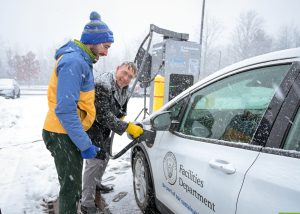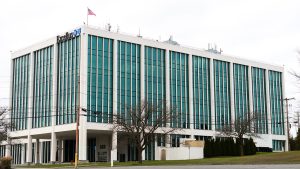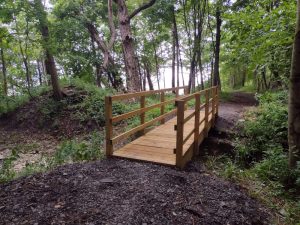SYRACUSE, N.Y. — New York State has selected former Sears building at 1300 S. Salina St. in Syracuse as the future home of the first ON-RAMP workforce-development center.
The flagship hub will anchor a “broader revitalization” of the site, which the City of Syracuse and CenterState CEO will lead, the office of Gov. Kathy Hochul announced Friday.
ON-RAMP is short for One Network for Regional Advanced Manufacturing Partnerships. The governor first proposed ON-RAMP in her 2024 State of the State address, and included it in the approved state budget.
(Sponsored)

CECL Accounting Standard: What You Need to Know
The Financial Accounting Standards Board Accounting Standards Codification (FASB ASC) 326, Financial Instruments-Credit Losses, became effective for all entities on January 1, 2023. This accounting standard introduces the current expected

Ask the Expert: How Registered Apprenticeship Can Solve Employers’ Workforce Challenges
In today’s tight labor market, finding and retaining skilled workers is tougher than ever. Many industries are facing talent shortages, rising turnover costs, and the pressure to keep pace with
The Syracuse location will serve as a “critical gateway” for both job seekers and manufacturing and construction firms, supporting the region’s growing demand for skilled workers, anchored by Micron Technology Inc.’s $100 billion commitment in Onondaga County, Hochul’s office said.
Empire State Development’s board of directors approved $8.5 million in funding for the flagship center, part of Hochul’s broader $200 million ON-RAMP initiative. The state will establish additional workforce-innovation hubs in the Capital Region, the Mohawk Valley, and the Finger Lakes.
Staff for the Central New York ON-RAMP center will be temporarily housed at CenterState CEO located at 115 West Fayette St., while crews redevelop the South Salina Street site.
About ON-RAMP
ON-RAMP is an initiative designed to expand workforce-development opportunities in advanced manufacturing for more New Yorkers.
Training provided through ON-RAMP will be based on the successful model developed by the Northland Workforce Development Training Center in Buffalo.
Northland’s model works to reduce the “major barriers” that prohibit students from enrolling and completing post-secondary education. Those barriers include transportation, child care, academic readiness, and affordability. Collectively, the four centers will combine industry, academia, social services, organized labor and community organizations to provide “high quality, in-demand” training and the “wraparound support necessary to empower more New Yorkers with the skills needed for careers in high growth industries,” Hochul’s office said.




